Vitamin D is often referred to as the "sunshine vitamin" because it is produced naturally by the body when our skin is exposed to direct sunlight. It is an essential vitamin for maintaining many aspects of our health, yet a shocking 13% of the world's population is considered deficient. 1
But why is this? And how can we ensure we get enough of it? Find out more in this article and learn the answer to the commonly asked question, " Can you get vitamin D through a window?"
Key Takeaways
- You can’t reliably make vitamin D by sitting behind glass—windows block the UVB rays your skin needs for vitamin D synthesis.
- In many climates, especially in winter or far from the equator, even outdoor sunlight may not be intense enough for optimal vitamin D production.
- Dietary sources like fatty fish, egg yolks, and sun-exposed mushrooms can help, but most people still struggle to meet their needs from food alone.
- Short, sensible bursts of midday sun on bare skin can support vitamin D, but must be balanced against skin damage risk.
- For many people, a quality vitamin D3 supplement—ideally paired with vitamin K2—is the most practical way to maintain healthy levels year-round.
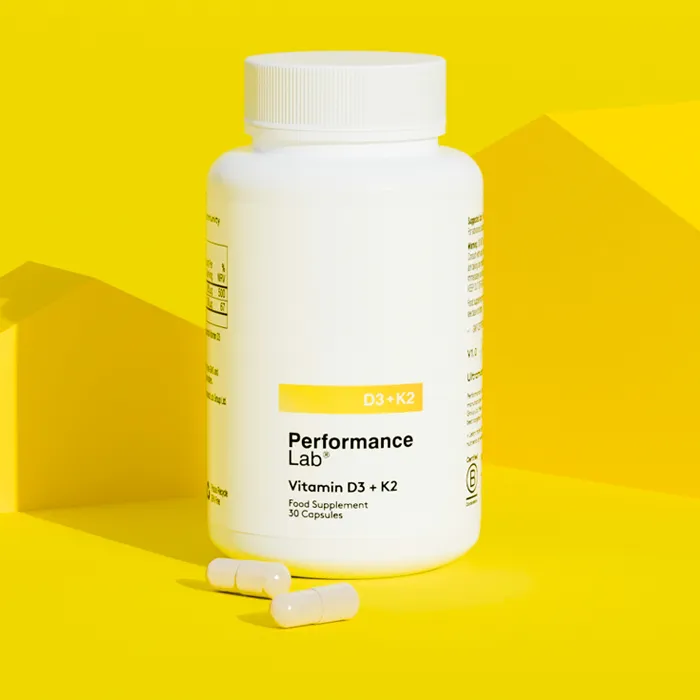
What Is Vitamin D and Why Do We Need It?
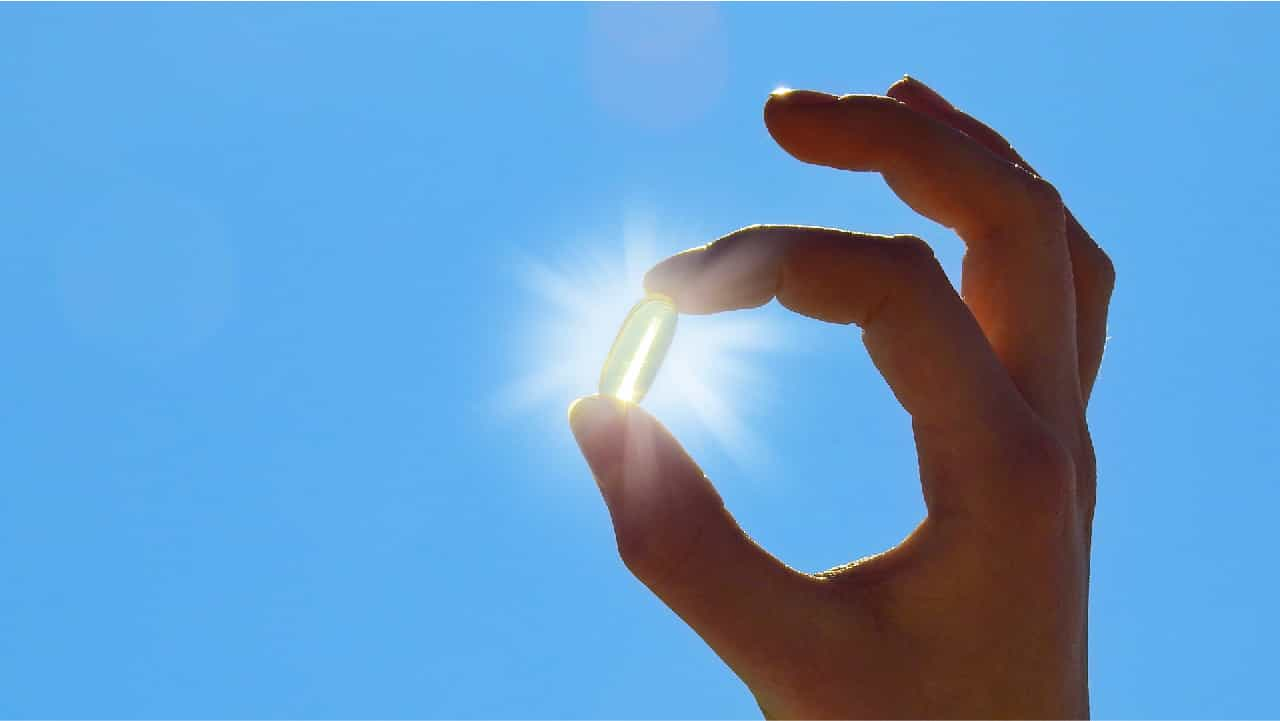
Vitamin D is a fat-soluble vitamin that plays several crucial roles in the body. It’s essential for maintaining the health of our bones and teeth, supporting a robust immune system, and more. 2 Direct sunlight exposure is necessary for vitamin D synthesis because UVB rays trigger its production in the skin.
Calcium Absorption and Bone Health
One of the most vital functions of vitamin D is its role in regulating calcium absorption and blood phosphorus levels. This regulation is critical for building and maintaining strong bones and teeth.
The liver and kidneys convert vitamin D into calcitriol, which is essential for calcium absorption. Maintaining a sufficient vitamin D level ensures that calcium, one of the primary building blocks of bone, is absorbed efficiently by the body. Without adequate vitamin D, bones can become brittle, thin, and misshapen, leading to conditions such as rickets in children and osteoporosis in adults. Thus, maintaining sufficient levels of vitamin D is essential for bone health and prevention of these diseases.
Supporting a Healthy Immune System
Beyond its role in bone health, vitamin D is key to supporting a healthy immune system. It enhances the function of immune cells responsible for fighting off invading pathogens and plays a role in reducing inflammation. Which is associated with a broad range of chronic diseases. Vitamin D deficiency has been linked to an increased risk of infections, diseases, and immune-related disorders. 3
How Much Vitamin D Do We Need?
The National Institutes of Health recommend that adults and children get 15 mcg of vitamin D daily through sunlight, diet, or a combination of the two. This all depends on age, health status, and sun exposure though. Infants, older adults, and individuals with limited sun exposure might require higher amounts.
Sources Of Vitamin D
One of the best sources of vitamin D comes from the sun. There are two types of UV rays: ultraviolet A (UVA), which causes skin aging, and ultraviolet B (UVB), which causes skin burning. Our skin naturally contains a precursor to vitamin D.
When the sun’s ultraviolet B rays hit the skin, they convert this precursor to vitamin D3. UVB exposure is necessary for the skin to synthesize vitamin D. The liver and kidneys then convert this form of vitamin D into an active form called calcitriol, which the body can utilize.
Vitamin D is also obtained through food sources such as oily fish, egg yolks, red meat, and fortified foods, or it can be taken as a supplement.
Many people don’t get enough vitamin D and are deficient. This is especially common in people who live in countries with short winter daylight hours or that are far from the equator where the sun’s rays are much less intense. Factors like air pollution can also block sunlight, potentially reducing UVB exposure.
With such little sunlight, a huge amount of vitamin D-rich food would need to be consumed, which can be difficult. Plus, even if it’s sunny in the winter, sometimes it’s just too cold to stay outside for long.
This begs the question, “can you get vitamin D through a glass window?”
The Sunshine Vitamin: Why Direct Sunlight Is Necessary

Unfortunately, as nice as it is to sun yourself in front of a window during the winter, you can’t get your daily vitamin D dose this way. This is because glass blocks those all-important UVB rays needed to trigger vitamin D synthesis.
In fact, sitting in the sun through a window means you are getting no vitamin D benefits but are exposing your skin to harmful UVA rays, which penetrate through glass and contribute to skin aging and cancer.
To add insult to injury, even if you can get outside, winter sun doesn’t have enough levels of UVB rays to support synthesis. So here are some top tips to help ensure you are getting all the vitamin D you need!
Tips For Getting Your Daily Dose of Vitamin D
Get outside around midday
The most efficient time for vitamin D production from sunlight is around midday, when the sun is at its highest point, and UVB rays are the most intense. This means you need to spend less time in the sun to get your fill of vitamin D. Spending too long in the afternoon sun can cause burning, skin damage, skin aging, and skin cancer.
One study found that people in the UK need just 13 minutes of midday sunlight during the summer, three times a week, to achieve healthy vitamin D levels. (3) We would need much more in the winter as the sun is less intense.
It’s important to note that SPF sunscreens work by blocking UV rays, so they will also block vitamin D production. While protecting yourself from the sun is vital, it takes very little unprotected sun exposure for your body to produce vitamin D.
People with darker skin will need to spend longer in the sun than people with lighter skin to produce the same amount of vitamin D. This is because darker skin typically has more melanin, a pigment that helps protect the skin from sun damage by absorbing UV rays and acting as a natural sunscreen.
However, darker-skinned people have a higher risk of vitamin D deficiency as more UVB rays are blocked. According to research, people with dark skin may need 30 minutes to three hours longer of sunlight to get enough vitamin D. 4
Eat vitamin D-rich foods

There are two forms of Vitamin D: D3 and D2. Plant sources contain D2 while animal sources contain D3. Vitamin D3 is much more effective at raising your serum levels.
Fatty fish and seafood are one of the best food sources of vitamin D. These include tuna, mackerel, sardines, shrimp, and salmon. One study found that one serving of wild salmon can provide your full recommended daily amount of vitamin D, just in one meal! 5
If you're not a fish eater, mushrooms are the only vegetarian source of vitamin D. Interestingly, mushrooms make their own vitamin D like we do - through exposure to sunlight. Vitamin D content depends on the type of mushroom variety and whether they are wild, which have more or farmed.
Egg yolks provide another great source of vitamin D. Always look for free-range eggs as chickens who don't have access to the outdoors don't produce eggs containing much vitamin D. Plus, they have a much nicer life.
As so few foods are naturally high in vitamin D, and most are animal products, many foods are fortified with vitamin D. These include plant-based milks, fruit juices, cereals, yogurts, and tofu.
Take a supplement
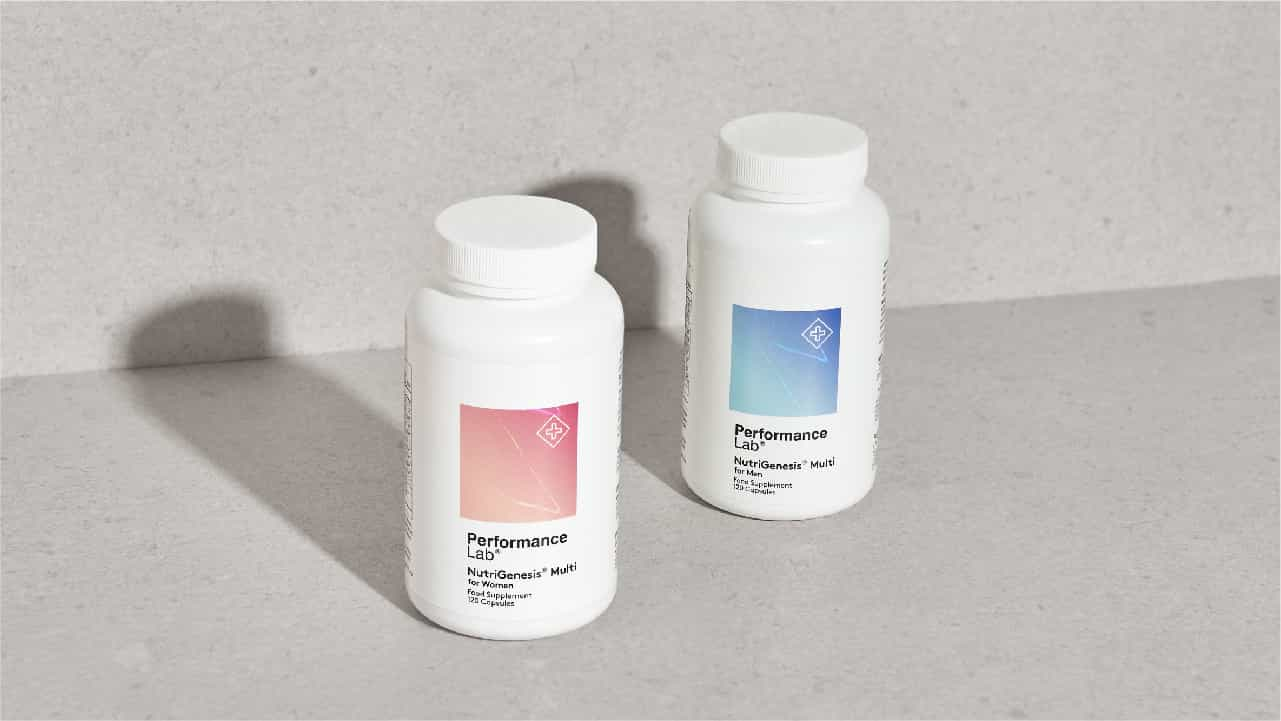
Vitamin D2 needs to be converted in the body to be useful. And this conversion process is not very efficient! Which is why supplementation is always recommended.
These are especially beneficial during the winter or for those living far from the equator.
Performance Lab's multivitamin provides all the essential vitamins and minerals, including vitamin D, to support overall health and peak performance. Nutrigenesis® Multi for Men and Nutrigenesis® Multi for Women are tailored to each gender's individual nutritional needs.
Give your immune system an extra boost by taking Performance Lab Immune, which provides everything your body needs for stronger immune defense.
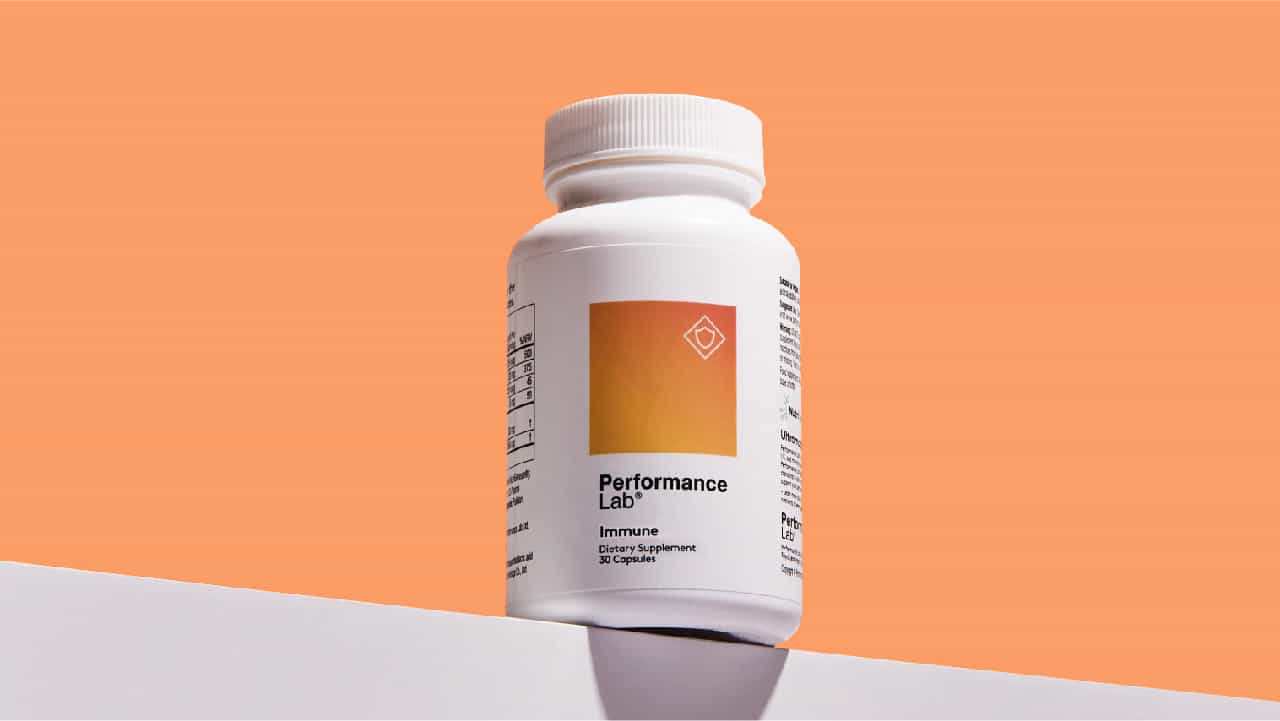
If you're looking to combine your D3 intake with other synergistic vitamins, D3 and K2 work perfectly together. In fact better than either works alone. 6 Vitamin D3 increases the absorption of calcium, vitamin K helps to direct it to the bones. 7
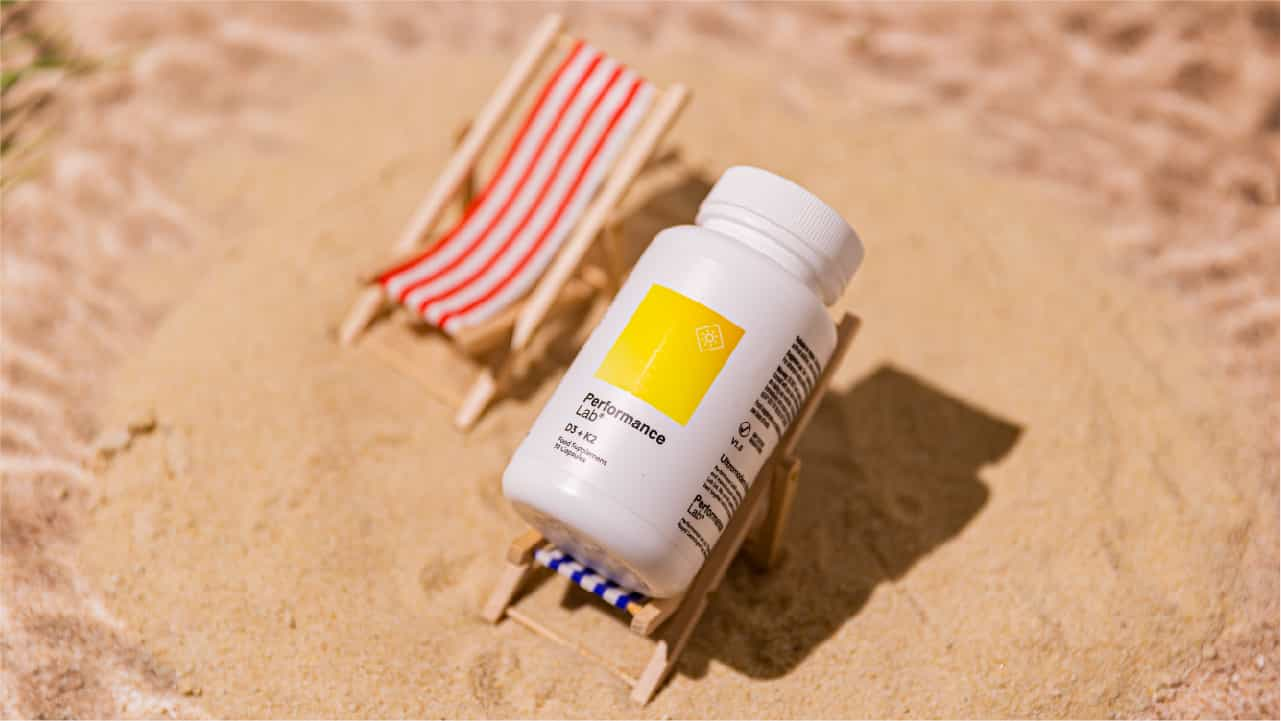
Get a UV lamp
If you struggle to get enough sunlight in the winter, try investing in a UV lamp. These emit UVB rays to mimic the action of the sun and trigger vitamin D production. UV lamps also provide other benefits to skin health and are often used to treat a number of
Conclusion
Vitamin D is an essential vitamin that is produced by the skin in response to the sun's UVB rays or is consumed through the diet. It serves a number of important functions, primarily maintaining strong, healthy bones and teeth and supporting an efficient immune system.
Unfortunately, vitamin D cannot be obtained through sunlight through a glass window.
The best ways to ensure you are getting enough vitamin D for good health is to spend some time in direct sunlight around midday, eat a diet full of vitamin D-rich foods, take a vitamin D supplement, or use an artificial lamp to stimulate vitamin D production.
References
-
Shaker, Joseph L., and Leonard Deftos. "Calcium and phosphate homeostasis." Endotext (Internet) (2018).
-
Aranow, Cynthia. "Vitamin D and the immune system." Journal of investigative medicine 59.6 (2011): 881-886.
-
Rhodes, Lesley E., et al. "Recommended summer sunlight exposure levels can produce sufficient (≥ 20 ng ml- 1) but not the proposed optimal (≥ 32 ng ml- 1) 25 (OH) D levels at UK latitudes." Journal of Investigative Dermatology 130.5 (2010): 1411-1418.
-
Feldman, David, Peter J. Malloy, and Coleman Gross. "Vitamin D: biology, action, and clinical implications." Osteoporosis. Academic Press, 2001. 257-303.
-
Jakobsen, Jette, et al. "Vitamin D in wild and farmed Atlantic salmon (Salmo Salar)—what do we know?." Nutrients 11.5 (2019): 982.
-
van Ballegooijen AJ, Pilz S, Tomaschitz A, Grübler MR, Verheyen N. The Synergistic Interplay between Vitamins D and K for Bone and Cardiovascular Health: A Narrative Review. International Journal of Endocrinology. 2017;2017:1-12. doi:10.1155/2017/7454376
-
Goddek S. Vitamin D3 and K2 and their potential contribution to reducing the COVID-19 mortality rate. International Journal of Infectious Diseases. 2020;99:286-290. doi:10.1016/j.ijid.2020.07.080
-
Lerche, C. M., P. A. Philipsen, and H. C. Wulf. "UVR: sun, lamps, pigmentation and vitamin D." Photochemical & Photobiological Sciences 16.3 (2017): 291-301.















